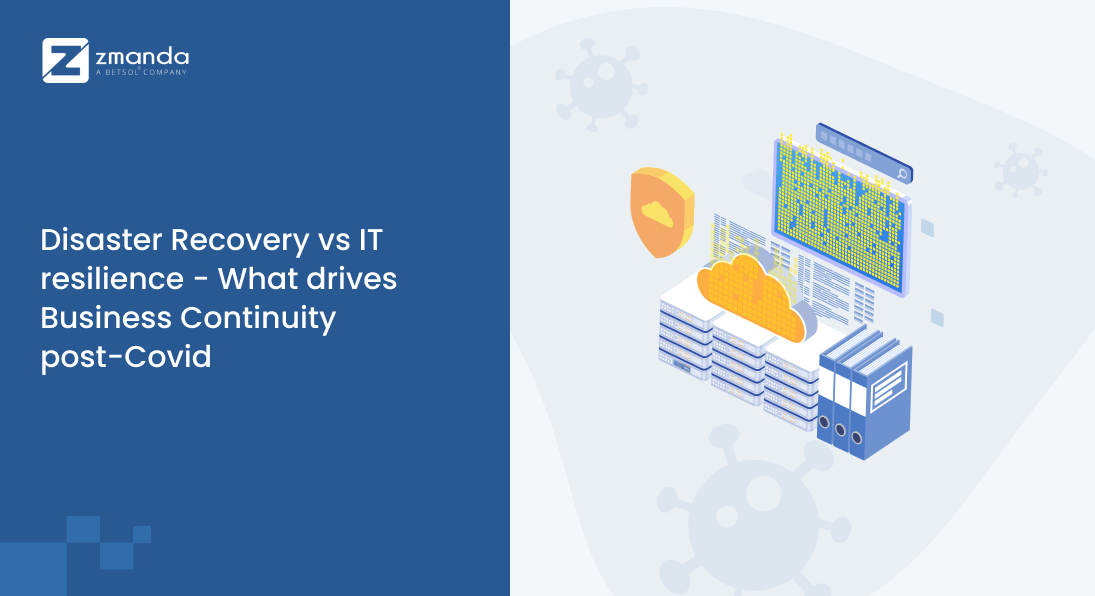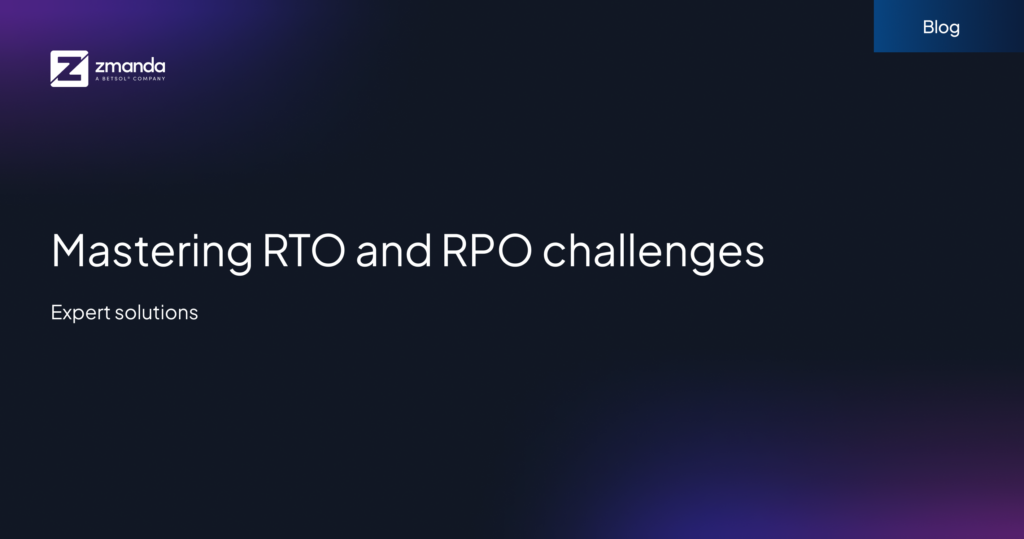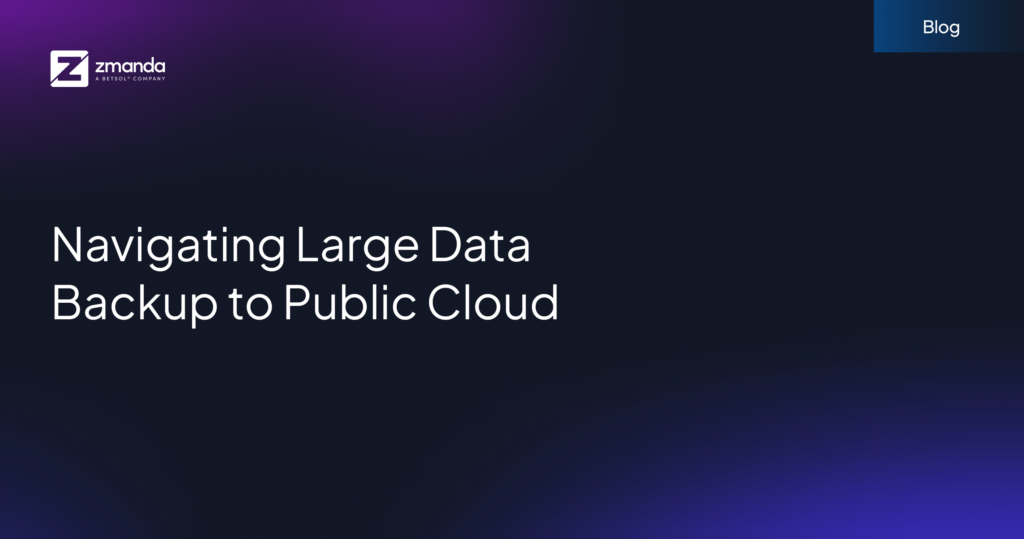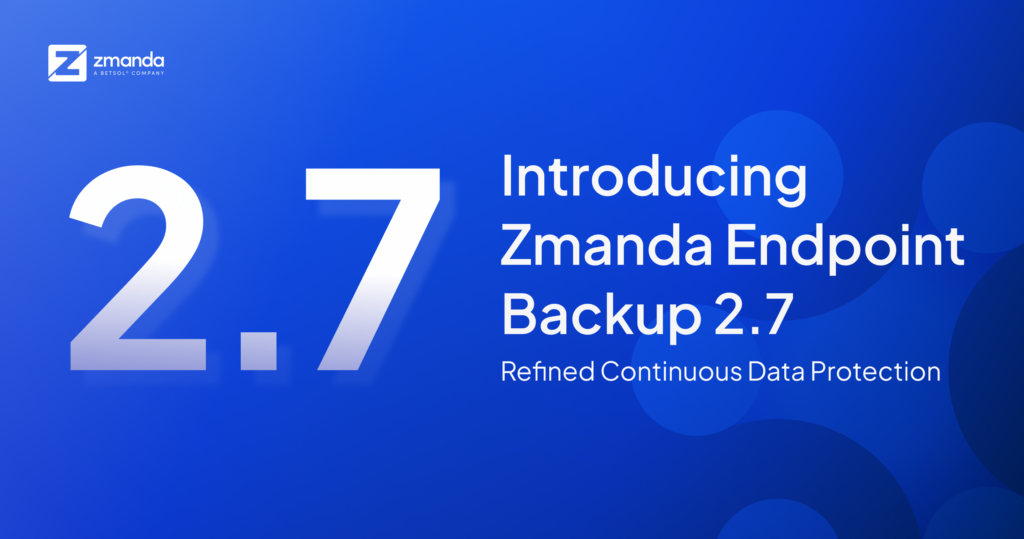
The terms “resilience” and “disaster recovery” have become buzzwords in business, used more often. Both being used interchangeably leads to confusion and for many, both mean the same. Do think similar? Yes, then let’s clear out the confusion first.
What is Disaster Recovery?
Disaster recovery is an IT-based solution, which keeps an organization’s data and critical systems safe in such a way that they can be restored after a disaster.
Disaster recovery defines the policies and procedures for restoring access to critical systems and data after a disruption. Having the right tools, policies and procedures in place shows whether an organization can meet pre-established goals for recovery speed and point-in-time. (These goals are commonly referred to as “recovery time objective” and “recovery point objective,” or “RTO” and “RPO” for short.)
Most of us think, a disaster is a catastrophic event, like an earthquake, flood or fire. But this view leads some businesses to underestimate the significance of disaster recovery based on false assumptions about the probability of a data loss event. In short, why invest resources in mitigating the risk of something that’s not likely to happen? But the truth is businesses lose data for a lot of reasons, including accidental deletions, cyberattacks and equipment failures, and these risks are no less threatening than the ones “Mother Nature” throws at us.
Another fallacy among us is that disaster recovery is expensive and complex. While there was a time when disaster recovery was mostly an enterprise-level offering, but with the growth of cloud computing and the drop in storage costs, disaster recovery has become affordable for businesses of all sizes.
What is Resiliency?
An ability of a server, storage system, network, or an entire data center to recover quickly and continue operating, during an equipment failure, power outage or other disruption is known as resiliency.
Resiliency not just focuses on how to get back on track when something goes wrong, but also on how businesses can position themselves to protect their brand equity and resources.
Data Center Resiliency
Now as we have an idea what resiliency is let’s move ahead to learn, what is data center resiliency? Datacenter resiliency is a strategic part of a facility’s architecture and is usually associated with other disaster planning and data center disaster-recovery considerations such as data protection. Resilient as an adjective means "having the ability to spring back."
Use of redundant components, subsystems, systems or failures leads to data center resiliency. When one element fails or experiences a disruption, the redundant element takes over impeccably and supports computing services to the user base. Ideally, users of a resilient system never get a hint that a disruption has even occurred.
For instance, let’s imagine an ordinary server’s power supply fails, what happens next? the server fails – means all the workloads on that server become inaccessible until the server is repaired and restarted. If the server integrates a redundant power supply, the backup supply keeps the server running until a technician replaces the failed power supply. Server clustering is a technique that supports redundant workloads on multiple physical servers when one server in the cluster fails, another node takes over with its redundant workloads.
The above concept holds true for all the entire data center facilities. For example, an organization may power its data center with two separate utility feeds from different utility providers in such a way that a backup provider is available when the first utility provider fails. Another example can be of organizations that support hot sites can support data center collocation–shifting an entire operation from one facility to another in response to any kind of local disruption or regional disaster.
The resiliency techniques employed in a data center varies with the importance of the respective workloads. Organizations with mission-critical workloads will utilize more resiliency techniques at more levels within the data center, as the cost of not preserving critical computing services is typically costlier during a prolonged service outage. For instance, critical business services, such as transaction processing software or database systems, may be designed with comprehensive data center resiliency, including clustering, snapshots, and off-site redundancy.
Zmanda offers robust disaster recovery solutions with features and pricing that make it accessible for small and midsize businesses. Zmanda, delivers data protection solutions and professional services that significantly reduces downtime of enterprise data centers and systems anywhere for instance on-premises, at remote locations, in private and public clouds.
Also, be sure to check out Points to Include in Your Disaster Recovery Plan


